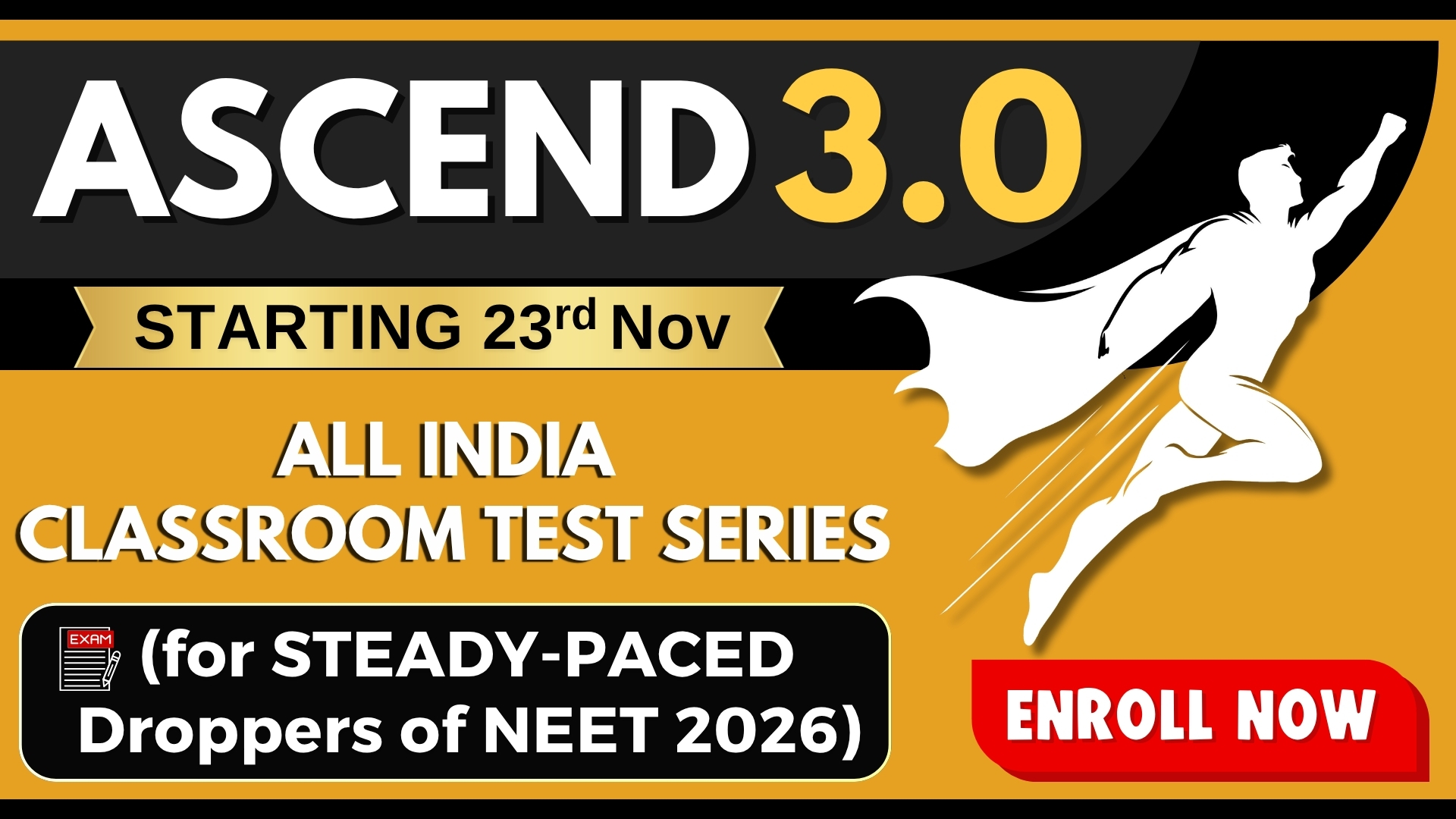Which of the following developed for the first time in Annelids?
(1) Cephalization
(2) Development of a true coelom
(3) Metameric segmentation
(4) Both 2 and 3
Consider the following characters:
I. Air bladder
II. Operculum
III. Viviparity
The characters present in bony fishes include:
| 1. | I, II and III | 2. | I and III only |
| 3. | I and II only | 4. | II and III only |
Homeothermy is exhibited by:
1. All amniotes
2. Birds and Mammals
3. All deuterostomes
4. Reptiles and Mammals
Consider the following characteristics of Porifers. Which of these can be regarded as synapomorphies of Porifera?
| 1. | Collared cells called as choanocytes |
| 2. | Canal system with pores (ostia) in body wall |
| 3. | Mineral spicules |
| 4. | High cellular mobility and totipotency |
Identify the incorrect statement:
1. Medusa of Scyphozoans are called as jelly fishes.
2. Ctenophores are the largest animals that move with the help of cilia.
3. Flat worms that have a digestive cavity, have an incomplete gut.
4. Nematodes are covered with thick cuticle that does not moult.
Match Nematode with their common names and choose answer from codes given below:
|
|
Nematode |
|
Common names |
|
I. |
Ancylostoma duodenale |
1. |
Pin worm |
|
II. |
Enterobius vermicularis |
2. |
Filaria worm |
|
III. |
Trichuris trichiura |
3. |
Loa loa |
|
IV. |
Dracunculus medinensis |
4. |
Whip worm |
|
V. |
Onchocerca volvulus |
5. |
Hook worm |
|
VI. |
Wuchereria bancrofti |
6. |
Guinea worm |
Codes:
|
|
I. |
II. |
III. |
IV. |
V. |
VI. |
|
1. |
5 |
1 |
4 |
6 |
3 |
2 |
|
2. |
5 |
4 |
3 |
6 |
1 |
2 |
|
3. |
5 |
3 |
4 |
1 |
6 |
2 |
|
4. |
5 |
6 |
4 |
3 |
1 |
2 |
What is the most important reason for the immense success of arthropods?
1. Chitinous exoskeleton
2. Uricotelic nature
3. Compound eye
4. Multipurpose appendages
What is not true for a generalized mollusc?
| 1. | Body segmented into head, visceral mass and foot. |
| 2. | A rasping tongue like organ – radula present. |
| 3. | Mantle cavity with gills |
| 4. | Excretory structures – nephridia |
How many of the characters given below are true for echinoderms?
| I. | An endoskeleton of calcareous ossicles |
| II. | The adult echinoderms are radially symmetrical but larvae are bilaterally symmetrical. |
| III. | They are triploblastic and coelomate animals. |
| IV. | Digestive system is complete. |
| V. | Water vascular system |
| VI. | Sexual reproduction, internal fertilization, and direct development. |
1. 3
2. 4
3. 5
4. 6
Which of the following is not seen in hemichordates?
1. A tripartite body organization
2. Stomochord
3. Rudimentary notochord
4. Proboscis gland






